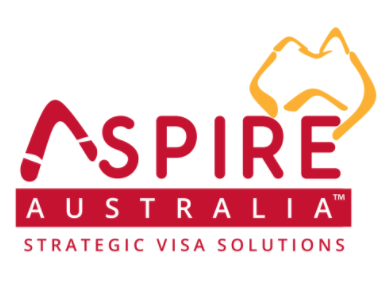Starting a new life in a new country is an incredibly exciting experience – especially if that new country is Australia!
You can choose to spend your weekends relaxing on the stunning beaches, or driving through the outback, taking in the unique and vast landscape.
It is a country with a high standing of living, where you can enjoy the lifestyle and freedoms – and meet fantastic people.
But even amongst all this – it can get lonely, if you’re missing your family.
Having your parents close by, especially if you’re starting a family, can make a huge difference. It’s completely understandable that you want them here, to celebrate special moments.
But the process of getting a Parent Visa to Australia isn’t always straight forward. There are several options and categories, each requiring certain evidence and documentation.
Choosing the right strategy can be confusing. Do they want to stay temporarily, or permanently? Do they want to be here urgently, or can they wait for a long term outcome?
Let’s go through the options – and how they differ.
Permanent Parent Visa to Australia – Standard and Contributory
Parents of Australian permanent residents/ citizens who meet the Balance of Family test may be eligible to apply for a permanent residence visa through both these categories.
This means you can work and study – and are protected by Australian workplace law.
Both these visas require you to provide an Assurance of Support Bond.
The Contributory pathway, however, gives an advantage to those who have the ability to offer a further financial contribution. If you have the funds, you can drastically cut down your time in the queue waiting for a visa grant..
The difference in processing time for the Contributory Parent Visa is substantial – it could mean the visa is granted in two years, rather than 10-20 years via the Standard Pathway.
Sponsored Temporary Parent Visa
The Sponsored Temporary Parent Visa is a new option as of July 2019.
Its key difference is that applicants do not need to meet the Balance of Family test – which otherwise requires visa applicants to have at least half of their children living lawfully and permanently in Australia.
This had previously made it difficult for parents who have children all over the world to come to Australia and stay for an extended period. The Sponsored Temporary Parent Visa now provides a viable option for them.
Another key difference is there is no Assurance of Support Bond, which is a requirement for the Parent and Contributory Parent visa pathways.
The quota of visas in the Sponsored Temporary Parent Visa is also larger, meaning that the waiting time is reduced.
The visa allows for an initial three or five year stay with the possibility of renewing for stay for up to ten years.
What’s the best strategy for you?
The best option for you and your family will depend on:
How quickly your parents want to get here
Is the situation urgent? A tourist visa is a quick way to get your parents here in a hurry. However, it only allowed for a 12 month stay with no work.
How long your parents want to stay
Do they wish to come for a holiday, a longer stay, or a permanent stay?
Their situation when they get here
Will they need to work? What is their health status?
Financial contribution to the application
You can fast track the processing time with a financial contribution, if you are willing and able to spend the money.
How can a Migration Agent help?
If you’re struggling to answer these questions – or you know the visa you need, but you are not sure about the application process – Aspire Australia can help.
We are here to guide you on your migration journey.
We will analyse your situation and help to shape your strategy, to get the best outcome four your family.
Book an appointment with your Migration SuperHero Sarah – our Founder in Chief. She will help assess your options and find a solution that meets your family’s needs.
Or if you want more information about a Parent Visa to Australia, download our free guidebook, Reunite with your Parents. It will give you a deeper explanation of the different pathways.









